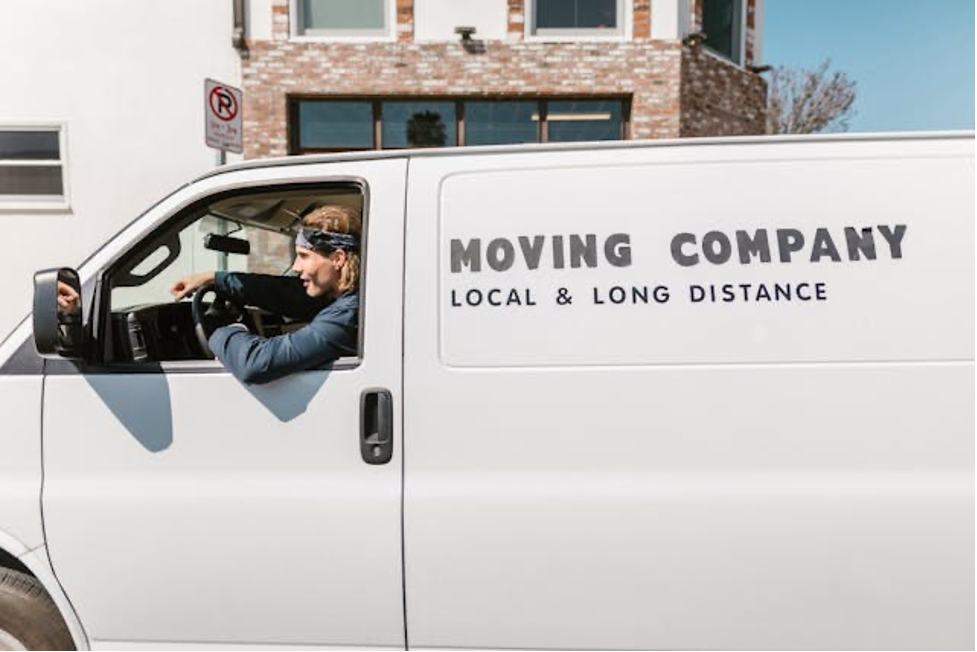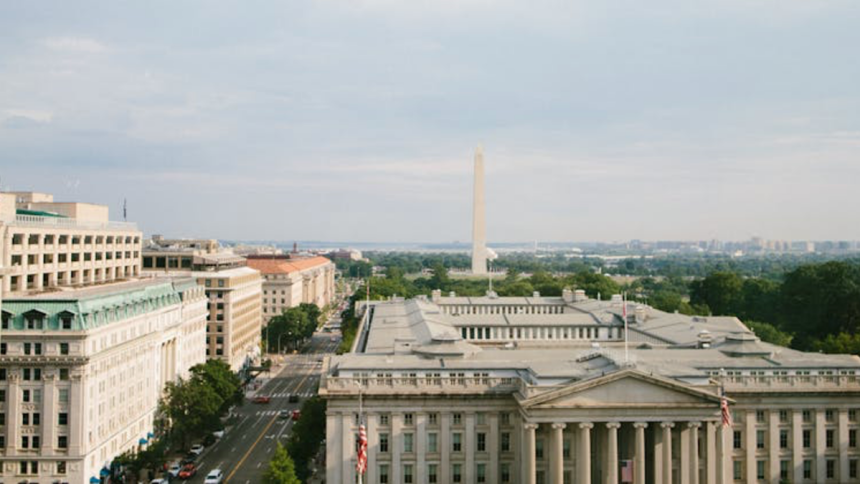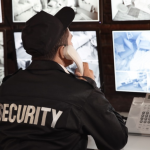Moving, especially when it’s a long distance move from Washington DC, is an adventure that combines excitement with significant challenges. Whether you’re relocating for a job, family, or simply a change of scenery, the key to a successful transition lies in thorough planning and organization. This guide aims to walk you through each step of your relocation, ensuring you’re well-prepared for the journey ahead. From understanding the unique challenges of relocating across state lines to hiring reliable movers, we cover it all. With the right approach, your long-distance move can be less stressful and more of an enjoyable journey towards a fresh chapter in your life.
Understanding Long-Distance Moving Challenges
Distance and Logistics
Embarking on a long distance move from Washington DC involves more than just packing boxes. It’s about handling the logistics that come with crossing state borders, understanding varying state regulations, and coordinating multiple aspects over hundreds or even thousands of miles. This type of move requires meticulous planning, as overlooking even small details can lead to significant setbacks. Factors such as travel routes, timing, and the handling of personal belongings over long distances need special attention. For instance, if you’re relocating across the country, consider the varying climate conditions your items will be exposed to during transit. Furthermore, the logistical challenge of ensuring all your items arrive safely and on time is paramount, and this often requires working with experienced professionals who understand the intricacies of long-distance relocations.
Emotional and Psychological Aspects
Moving away from a familiar place like Washington DC can bring a mix of emotions. It’s common to feel a sense of loss leaving behind friends, favorite places, and memories. However, it’s also an opportunity for new beginnings and adventures. To make this transition smoother, it’s important to acknowledge and address these emotions. Engaging in goodbye rituals, such as visiting favorite spots or throwing a farewell party, can provide closure. Once you’re in your new location, give yourself time to acclimate and don’t rush the process of creating a new home. Remember, it’s normal to feel homesick or out of place initially. Gradually, as you start exploring your community and forming new connections, the unfamiliar will become familiar.

Planning Your Long Distance Move from Washington DC: A Step-by-Step Guide
Early Planning
The key to a successful long-distance move is starting early. Ideally, begin planning at least three months in advance. This timeframe allows you to research moving companies, declutter your home, and begin the packing process without rushing. It’s also the perfect opportunity to inform your employer, update your address with relevant parties, and make necessary travel arrangements. Consider the season in which you’re relocating; for example, relocating during winter might require additional preparation for snow or icy conditions. Also, if you have children or pets, think ahead about their needs during the moving process, such as transferring school records or pet travel arrangements. This early planning phase is also a good time to start saying goodbye to friends and familiar places in Washington DC, turning the end of an era into a series of meaningful moments.
Choosing the Right Moving Company
Selecting the right moving company is crucial for a stress-free move. Look for a company with experience in long-distance relocations and a strong track record of reliability and customer satisfaction. Start by getting recommendations from friends or family members who have moved recently, and then conduct your own research. Read online reviews and check each company’s rating. It’s essential to get in-depth quotes from multiple companies. These quotes should include all potential costs, such as packing services, insurance, and storage, if needed. For instance, to find reliable professionals, you might want to visit websites that specialize in vetting and listing experienced movers. This ensures you’re getting a comprehensive overview of your options. Ask about their policies on delays, damages, and how they handle unforeseen issues. A trustworthy company will be transparent about their services and fees, helping you avoid any last-minute surprises.

Packing Strategies
Essential Supplies
Investing in quality packing materials is essential for protecting your belongings during a long-distance relocation. Essential supplies include sturdy boxes of various sizes, tape, bubble wrap, paper, and permanent markers for labeling. Specialty containers like wardrobe boxes for clothes or dish barrels for kitchenware can provide additional protection. It’s also helpful to have a few basic tools on hand, like scissors and box cutters. For electronics and valuable items, consider getting additional padding or custom crating. Efficient packing is not just about protection; it’s also about making unpacking and settling into your new home as straightforward as possible.
Special Considerations for Fragile Items
Packing fragile items requires extra care. Wrap each item individually in bubble wrap, securing the wrapping with tape. Fill any empty spaces in the box with packing peanuts, crumpled paper, or additional bubble wrap to prevent damage during transit. Heavier items should be placed at the bottom of the box, with lighter items on top. Plates and flat items should be packed vertically, as this reduces the risk of breakage. Once packed, gently shake the box to ensure there’s no movement inside. If there is, add more padding. Clearly mark these boxes as ‘Fragile’ on multiple sides and instruct the company about these boxes’ special handling requirements.

Settling Into Your New Home
Unpacking and Organizing
Upon arriving at your new home, focus initially on unpacking essentials. Setting up the bedrooms, bathrooms, and kitchen first makes the first few days more comfortable. Then, move on to other areas systematically. Organize items as you unpack, finding the right place for each thing in your new space. It’s also an opportunity to reconsider the layout and organization of your belongings. Perhaps a new environment inspires a different arrangement of furniture or décor. Allow yourself to experiment and find what works best in the new space.
Establishing Routines
Creating routines is a vital part of feeling settled in a new place. Start by exploring your new neighborhood and finding spots for everyday activities — a favorite coffee shop, grocery store, or gym. If you’re working, establish your daily commute and explore different routes. For families, setting up routines for school, work, and leisure time can help create a sense of normalcy and stability. Remember, establishing a routine takes time, and it’s okay for it to evolve as you become more familiar with your environment. Embrace this as a time of exploration and growth.
Conclusion
Organizing a long distance move from Washington DC is a multifaceted process that involves much more than just physical relocation. It’s about planning, adapting, and embracing a new chapter in your life. This guide provides the foundational steps to help you manage your relocation with confidence and ease. As you embark on this journey, remember to embrace the opportunities and adventures that await in your new home.
Lynn Martelli is an editor at Readability. She received her MFA in Creative Writing from Antioch University and has worked as an editor for over 10 years. Lynn has edited a wide variety of books, including fiction, non-fiction, memoirs, and more. In her free time, Lynn enjoys reading, writing, and spending time with her family and friends.















